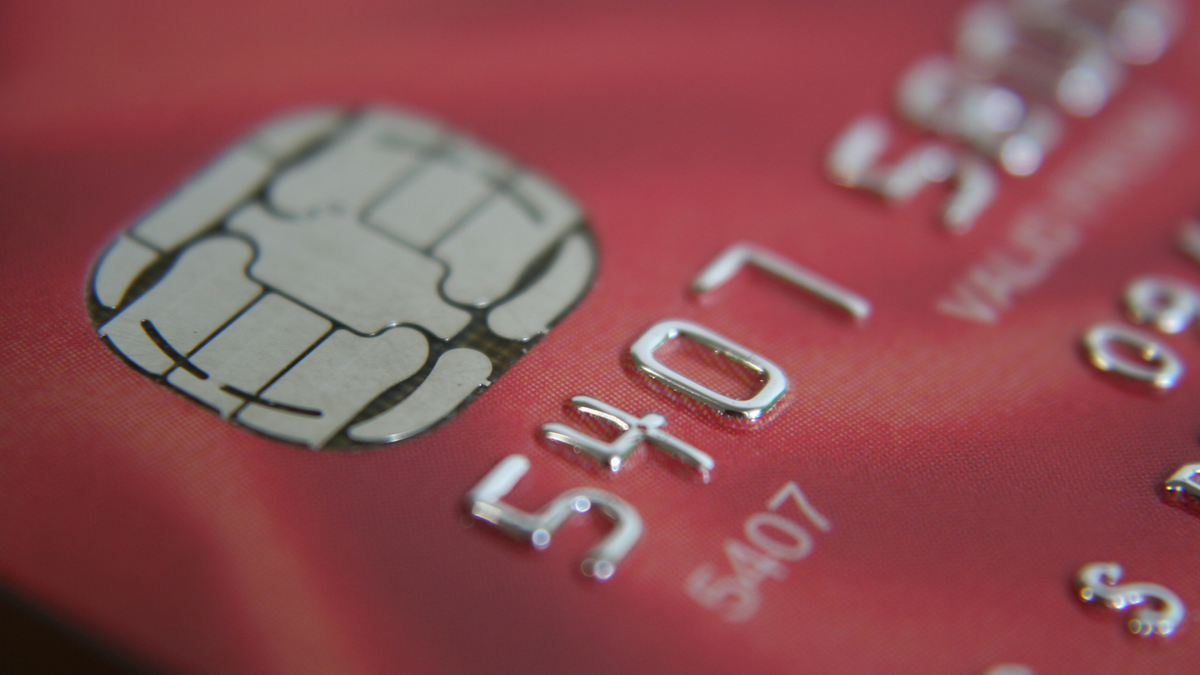Understanding Credit Card Debt: Decoding the Difference Between Statement Balance and Current Balance

Credit card debt is a prevalent issue that many people grapple with daily. It can be a significant financial burden that affects one's overall financial health and future. Understanding the intricacies of credit card debt is the first step to managing it effectively.
In essence, credit card debt accumulates when a credit card owner uses their card to make purchases, but doesn't pay off the total amount due at the end of the billing cycle. The unpaid balance then accrues interest, increasing the amount owed. This can quickly snowball into a considerable debt if not appropriately managed.
The key to managing credit card debt lies in understanding the terminology associated with credit cards, such as credit balance, credit card balance, statement balance, and current balance. These terms, while seemingly interchangeable, carry distinct meanings that can impact how one manages credit card debt.
Understanding the Basics: What is a Credit Balance?
In the world of credit cards, the term 'credit balance' can often be confusing due to its contrasting implications. In the simplest terms, a credit balance refers to the amount of money a credit card company owes the cardholder. This situation arises when the credits or payments made to the account exceed the charges incurred on the card.
A credit balance can occur due to several reasons, such as an overpayment, a return of a previously purchased item, or a direct dispute resolved in the cardholder's favor. It's crucial to understand that a positive credit balance does not equate to additional available credit. Instead, it represents an amount that the credit card issuer owes back to the cardholder.
Although a credit balance might seem like a favorable situation, it's not ideal to maintain such a balance for a prolonged period. If left unclaimed, the credit card issuer may consider it an 'uncollected property' and turn it over to the state after a certain period.
Digging Deeper: What is a Credit Card Balance?
Moving onto the next concept, understanding 'what is a credit card balance' is essential. The credit card balance is the total amount of money owed by the cardholder to the credit card company. It includes all the transactions, fees, interest charges, and penalties that have been added to the account.
A credit card balance is dynamic, changing with each transaction made using the card. It increases with every purchase, cash advance, or fee and decreases every time a payment is made.
Having a high credit card balance can negatively impact a cardholder's credit score, especially if it is close to the credit limit of the card. Thus, maintaining a low credit card balance is often advised to protect one's credit score and avoid the accumulation of high-interest credit card debt.
Statement Balance vs Current Balance: The Key Differences
Now that we've understood credit balance and credit card balance, let's delve into the key differences between 'statement balance' and 'current balance'. These are two essential terms often seen on credit card statements, each carrying unique implications.
The statement balance is the total amount owed on the credit card as of the end of the last billing cycle. It includes all the purchases, fees, and charges accrued during that particular billing cycle. The statement balance is the amount that must be paid by the due date to avoid incurring interest charges.
On the other hand, the current balance, also known as the 'outstanding balance,' is the total amount owed on the credit card at any given point in time. It includes the statement balance plus any additional transactions, charges, or fees that have occurred since the end of the last billing cycle.
Understanding these differences is crucial for effectively managing credit card debt and avoiding unnecessary interest charges.
How Statement Balance and Current Balance Affect Your Credit Card Debt
The statement balance and current balance play pivotal roles in managing credit card debt. Paying off the statement balance each month can prevent the accrual of interest, thereby keeping the debt under control. However, if only the minimum payment is made, the remaining statement balance carries over to the next month and incurs interest.
The current balance, on the other hand, gives a real-time glimpse into the accruing debt. It can be helpful to monitor the current balance regularly to avoid overspending and keep the debt in check.
It's important to note that both balances can impact the credit utilization ratio, a crucial factor in determining credit scores. A high credit utilization ratio, which indicates a high balance relative to the credit limit, can negatively affect the credit score.
The Role of Interest in Credit Card Debt
Interest plays a significant role in credit card debt. When a cardholder carries a balance, the credit card company charges interest on the amount. This interest is calculated using the annual percentage rate (APR), leading to an increase in the total amount of debt.
It's worth noting that interest is not charged if the statement balance is paid in full by the due date. However, interest begins to accumulate on any unpaid portion of the statement balance and any new transactions made after the billing cycle.
Understanding how interest is applied to credit card balances is crucial for managing credit card debt and avoiding unnecessary charges.
How to Avoid Credit Card Debt: Tips and Strategies
Avoiding credit card debt involves careful budgeting, disciplined spending, and thorough understanding of credit card terms. Here are a few strategies:
- Pay the full statement balance each month to avoid interest charges.
- Keep track of the current balance to avoid overspending.
- Keep the credit utilization ratio low to maintain a good credit score.
- Avoid cash advances, which often carry high fees and interest rates.
- Regularly review credit card statements for any mistakes or unauthorized charges.Implementing these strategies can go a long way in preventing credit card debt and maintaining financial health.
The Impact of Credit Card Debt on Your Financial Health
Credit card debt can have a profound impact on your financial health. High levels of debt can lead to increased interest charges, lower credit scores, and potential difficulties in obtaining loans or credit in the future.
Moreover, struggling with debt can lead to stress and anxiety, impacting one's overall wellbeing. Therefore, it's essential to manage credit card debt effectively to maintain both financial and personal health.
Seeking Help: Professional Services for Managing Credit Card Debt
If managing credit card debt becomes overwhelming, professional help is available. Credit counseling agencies offer services to help individuals understand their debt and develop strategies to manage it. They can also provide debt management plans and negotiate with creditors on the cardholder's behalf.
It's important to choose a reputable agency to ensure the best possible assistance. Look for agencies accredited by the National Foundation for Credit Counseling or the Financial Counseling Association of America.
Conclusion
In the end, understanding the intricacies of credit card debt, including the differences between statement balance and current balance, is crucial for effective debt management. By staying informed about these balances and the role of interest, one can avoid unnecessary charges and keep credit card debt under control.
Remember, knowledge is power when it comes to managing credit card debt. Stay informed, stay disciplined, and maintain a healthy financial future.
Do you have unpaid credit cards?
Gauss money can help pay off your credit cards easily. Pay off any credit card balance using a low-interest credit line from Gauss. You’ll save with a lower APR and you can pay off balances faster. Gauss offers no annual fees, no origination fees, and no fees of any kind. Check out Gauss for a lower APR today to maximize your credit cards.
Additionally, use tools like the credit card payoff calculator to visualize your progress overtime, and get insights into how much you should put towards your debt to achieve your debt free date. Our debt payoff calculator and debt tracker is 100% free to use via our website or our mobile app.
